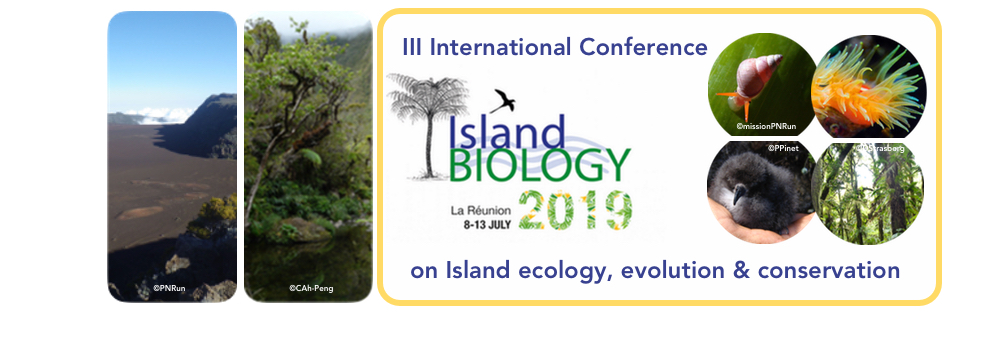In view of the expected future climate changes, it is of the utmost importance to broaden the gene pool of global crop species to increase their resilience to these possible changes. The contribution of Crop Wild Relatives (CWR) to improve crop performance is growing and has largely been achieved through the donation of useful genes for biotic and abiotic stress tolerance. However, CWR are becoming increasingly threatened in the wild and are inadequately conserved, both in situ and ex situ. The Macaronesian Islands (i.e. Azores, Canaries, Madeira and Cabo Verde) are among the top biodiversity hotspots in Europe, containing a relevant genetic diversity also as regards CWR. An effective conservation and utilization of this huge native biodiversity is dependent on the availability of, and access to, high quality ecogeographic information about each taxa (i.e., their distribution, biology, ecology and conservation status, with respect to the environments in which they grow), as well as their ex situ conservation status. In this communication, we present a checklist of the most important CWR of Macaronesian Islands and make comparative analyzes of their patterns of diversity across all the archipelagos. Specifically, we will provide new data to: i) characterize the CWR diversity in each archipelago, based on taxonomic, distribution and ecological data; ii) identify the most important CWR radiations within the Macaronesian Islands; and iii) determine potential areas of occurrence for these species. New data will be available to support the design of conservation tools/plans for prioritized CWR within the Macaronesian Islands.

|
|
|
|
Conservation of crop wild relatives of Macaronesian Islands: current status and outlook
2 : Centre for Ecology, Evolution and Environmental Changes
(cE3c)
Faculdade de Ciências Universidade de Lisboa, Campo Grande, 1749-016 Lisboa -
Portugal
1 : LEAF, Linking Landscape, Environment, Agriculture and Food, ISA, Instituto Superior de Agronomia
(LEAF-ISA)
Tapada da Ajuda, 1349-017 Lisboa -
Portugal
3 : CIBIO-Açores - Research Centre in Biodiversity and Genetic Resources, InBIO - Research Network in Biodiversity and Evolutionary Biology, Associate Laboratory
University of the Azores, Ponta Delgada, Azores, Portugal -
Portugal
4 : Jardín Botánico Canario ‘Viera y Clavijo'-Unidad Asociada CSIC (Cabildo de Gran Canaria)
Tafira Alta, 35017 Las Palmas de Gran Canaria -
Spain
|
| Online user: 45 | RSS Feed |

|
 PDF version
PDF version